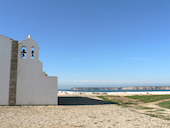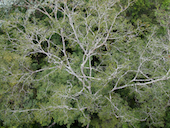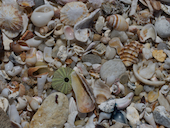. photography
My focus is on nature photography (landscapes + close-up/macro) with a little bit of architecture + design.
I started to seriously take photographs in 1996 when I bought a fully mechanical Olympus OM-3 Ti SLR camera. I used a number of fixed focal length lenses such as the f2.0/21 mm, f2.0/35 mm, f1.4/50 mm, f2.0/90 mm macro, and f2.8/180 mm to take photos on color slides, black-and-white slides, and black-and-white negatives.
In 2009, I finally made the switch to digital and have embraced a RAW-based workflow using first an Olympus Four-Thirds E-30 DSLR, then an Olympus Micro Four-Thirds mirrorless OM-D E-M5, and now the OM-D E-M1 Mark III. What I love about these Olympus mirrorless cameras is that the body and lenses are very similar in size to my beloved OM-3 Ti.
I currently use a f2.0/12 mm (equivalent to 24 mm), f1.2/17 mm PRO (= 35 mm) (older f1.8/17 mm), f1.8/45 mm (= 90 mm), f2.8/60 mm macro (= 120 mm), and f1.8/75 mm (= 150 mm) as well as the zoom lens f2.8/40–150 mm PRO (= 80–300 mm).
Photographs:
. prodibi tdikow
. instagram TDikow
. iNaturalist tdikow
Another interest is scientific photography of fly specimens for my research. I developed a beautiful set-up with the Olympus OM-D E-M5, an industrial-grade LED dome light, and focus stacking (see overview). I now use the GIGAmacro Magnify 2 system with a full-frame Canon D5 Mark IV, Canon MP-E f2.8/65 mm macro lens, either twin flashes or a ring-lite flash and focus-stacking.
Scientific photographs:
. morphbank torsten dikow
. prodibi macro . fly research


